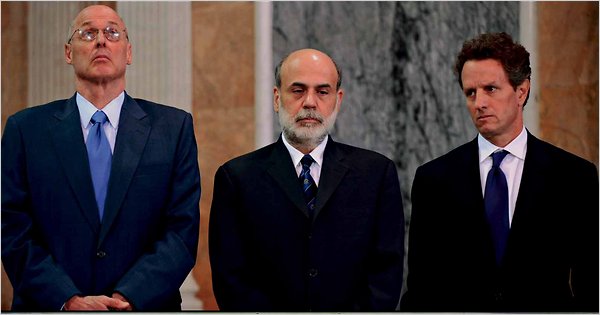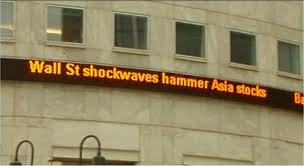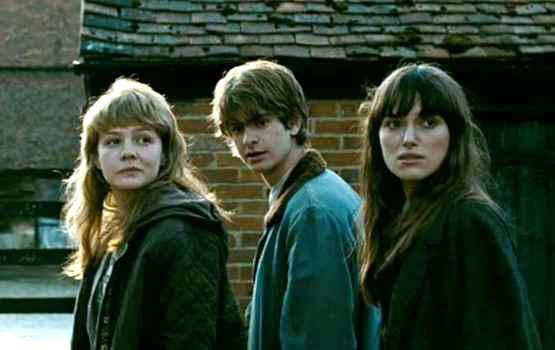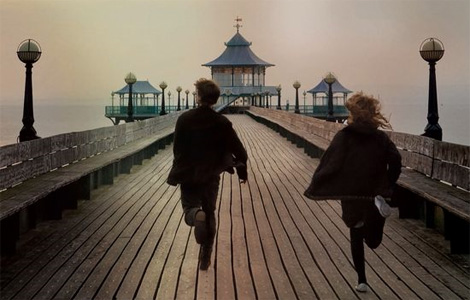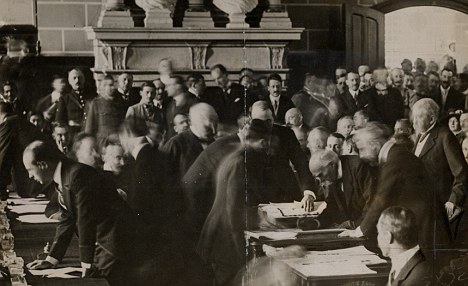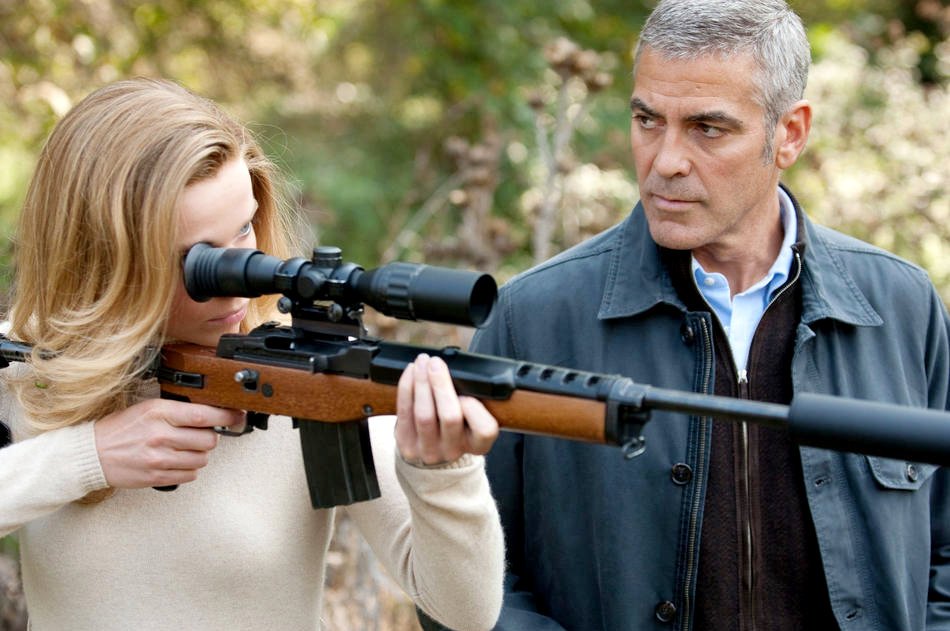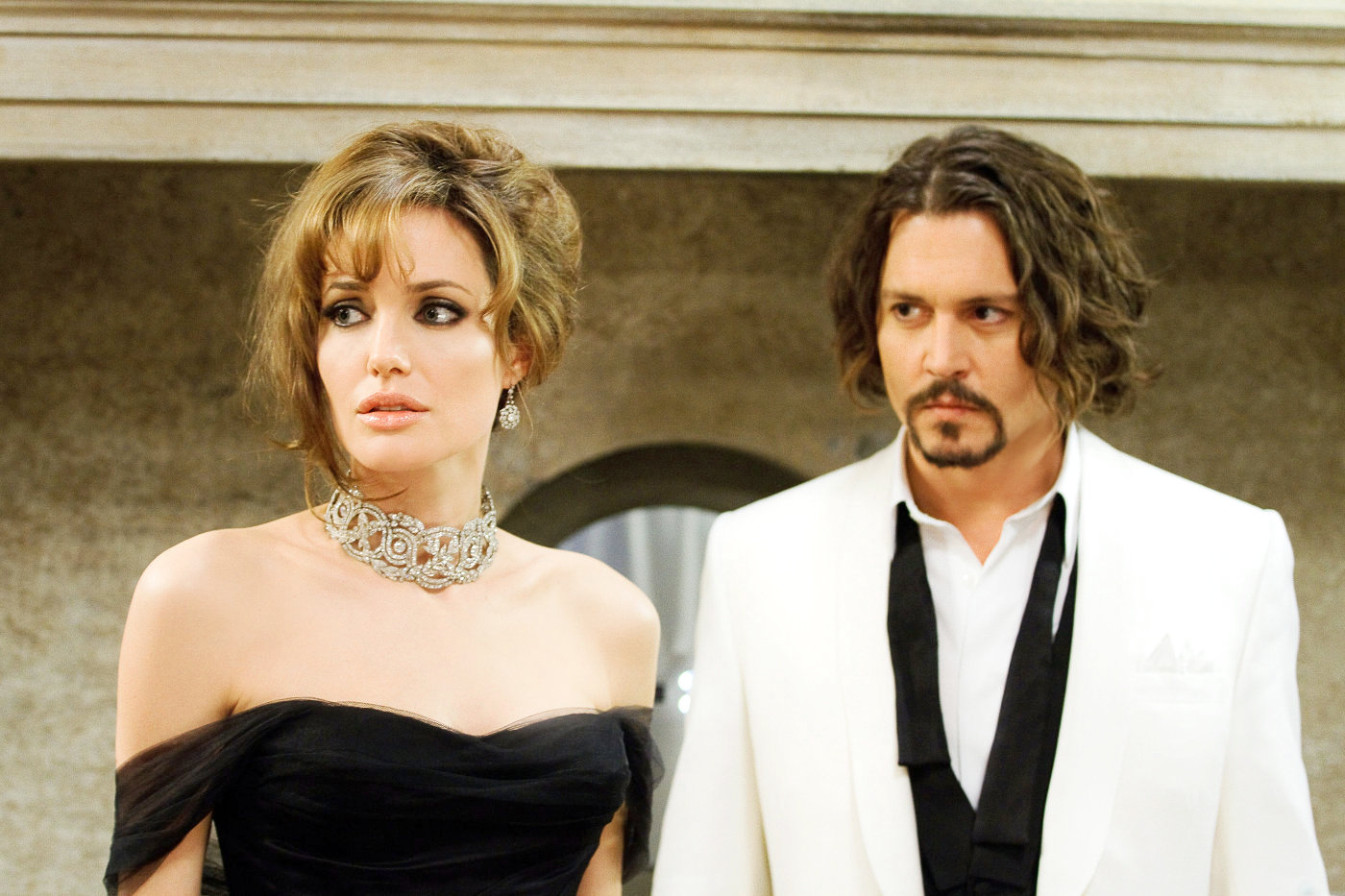
So, oof, where to begin? It sounds like von Donnersmarck was mostly a hired gun for an already-troubled production here, so let’s give him a pass to start. (Sam Worthington, Charlize Theron, and Tom Cruise — who mined similar material this year in the considerably better Knight & Day — were all attached as stars at various points, and director Alfonso Cuaron was rumored to be replacing von Donnersmarck when he tried to walk away early on.) So how about the two leads? Angelina Jolie is one of the world’s great beauties, and Johnny Depp is no slouch in the heartthrob department either. But, here, she looks cadaverous, he looks paunchy, and together they have zero chemistry whatsoever.
I’ve long thought that Depp is one of our best working actors, but it has to be said — After two dismal Pirates sequels, he’s now been front and center in two of 2010’s worst bombs, this and Tim Burton’s Alice in Wonderland. And after seeing Depp play so many weird parts over the years, one has to wonder if he’s now like butter scraped over too much bread: Maybe he just can’t do normal anymore. (But now that I think about it, has Depp ever played a convincing “normal” romantic lead? Benny & Joon, maybe? Gilbert Grape?)
Anyway, Depp’s character — Wisconsin widower and schoolteacher Frank Tupelo — is meant to be just an average guy in over his head, unwittingly caught up in a spy drama as The Wrong Man. (Jolie’s character picks him at random on a train to be a mark for the Interpol-types following her.) But Depp seemingly can’t help but play Frank as all twitchy and affected. He speaks with Hunter Thompson cadences half the time and eyes his surroundings — and his co-star, for that matter — like it or she are going to sprout wings any moment. He can’t even sip his nightcap without Jack-Sparrowing his way through it. “Hey, look, a beverage! In my hand! I shall drink it! Ooh, it kicks!”
And then there’s Jolie, who also seems bored throughout (and who has her own 2010 sins to atone for in Salt.) For one, Jolie and Depp definitely don’t seem to like each other very much: There’s no romantic spark between them at all. (So much for “tourist attraction.”) But the main problem here is they’ve given her character — Elise Clifton-Ward, beautiful femme fatale with a hidden agenda — a British accent. Now, Jolie can either act or do the accent, but, for whatever reason, she pretty clearly can’t do both at the same time. (And, as you’ll see if you somehow end up watching this disaster, she definitely can’t act, do the accent, and drive a boat.)
And so most of the movie Jolie just seems very far away, a cold neutron star. Her sheer presence can overpower a film sometimes — say, her turn as Matt Damon’s crazy wife in The Good Shepherd. But, here, any spark of personality, wit, or warmth is quickly snuffed out by her stultifyingly bad impression of an English person. It’s like the prom queen somehow got roped into performing in the high-school production of Oliver Twist, and she’s just going through the motions so it won’t negatively affect her cred.
So Jolie and Depp are definitely a drag on the material. But, to be honest, it’s hard to imagine a different set of A-list stars with real romantic chemistry — say, I dunno, George Clooney and Catherine Zeta-Jones — pulling off this film either. Some fetching images of Venetian splendor notwithstanding, there’s just no there there. The Tourist moves at a snail’s pace for most of its run, and not in a contemplative Eurofilm way like The American. And more often than not, the movie makes no sense.
To take a few examples: Frank finds himself running from Russian mobsters but doesn’t think to change his appearance in any way. (Here’s a tip — lose the Jack Sparrow ‘do.)The Big Bad dispatches his minions in such an over-the-top Bondian manner that nobody would ever actually work for the guy (although that might explain why said Russian goons can’t hit the broad side of a barn.) And there’s a ridiculous third-act twist which many will see coming within the first five minutes of the movie. But just because you see it coming doesn’t make it plausible.
Granted, these are the type of foibles and Scooby Doo logic you might forgive in a more enjoyable film. But with nothing to latch onto here for entertainment value, they stick out like a sore thumb. So, is there anything good about The Tourist? Well, the movie does feature a cast of obviously European actors, which gives it more of a sense of place than your average studio film. And it starts out with a surveillance scene, which made me think fondly of The Lives of Others for a few beats at the start. Um…Timothy Dalton’s in it, so that’s cool, I guess. (He fares slightly better than poor Paul Bettany, who’s stuck with the clueless inspector role.)
But that’s about it, really. Make no mistake: This is a bad, bad film. Mr. von Donnersmarck, Mr. Depp, Ms. Jolie: Let us never speak of this trip again.


